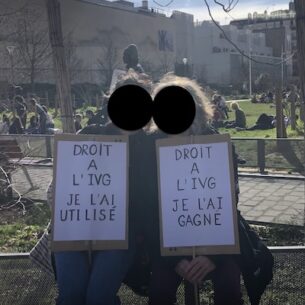Écologies

Paris, juin 2009.
Nous tentons de le montrer depuis les débuts de Scriptopolis: les écrits exposés sont extrêmement diversifiés. On peut trouver des formes très différentes de signes et de marques qui peuplent les villes. Or, leur coexistence n’est pas toujours pacifique. Les espèces sémiotiques entrent régulièrement en lutte les unes contre les autres par des biais plus ou moins officiels et plus ou moins violents. C’est ce qui caractérise la dimension “écologique” de l’écologie graphique des lieux publics : la cohabitation est dynamique et conflictuelle. Des territoires sont gagnés, des spécimens sont tués, des espèces en voie de disparitions deviennent quasiment invisibles.
Depuis quelque temps, de véritables politiques écologiques sont mises en œuvre par des institutions ou revendiquées par des activistes. Dans les deux cas, elles sont généralement fortement attachées à la notion de pollution visuelle, ou informationnelle. L’écologie est ainsi aujourd’hui pour beaucoup une question de “nettoyage” et la disparition et l’enlèvement sont des composants essentiels de l’écologie graphique contemporaine. Nettoyage des villes de la publicité, avec l’aide de la loi, ou contre elle. Nettoyage des graffitis. Les espèces ont beau être différentes, les enjeux sont du même ordre.
Mais ce processus écologique n’est jamais unidimensionnel. Nettoyer est toujours une question matérielle délicate et se débarrasser d’un graffiti en l’enlevant par exemple peut s’avérer dangereux pour le mur ou la porte sur lesquels il apparaît. Ainsi, parfois, nettoyer revient-il en fait à recouvrir. Une occasion pour le support d’obtenir un coup de peinture fraiche. Une occasion pour le scriptopolien de se rappeler qu’avant tout les lieux publics existent et sont organisés par différentes formes de visibilité et d’invisibilité.






